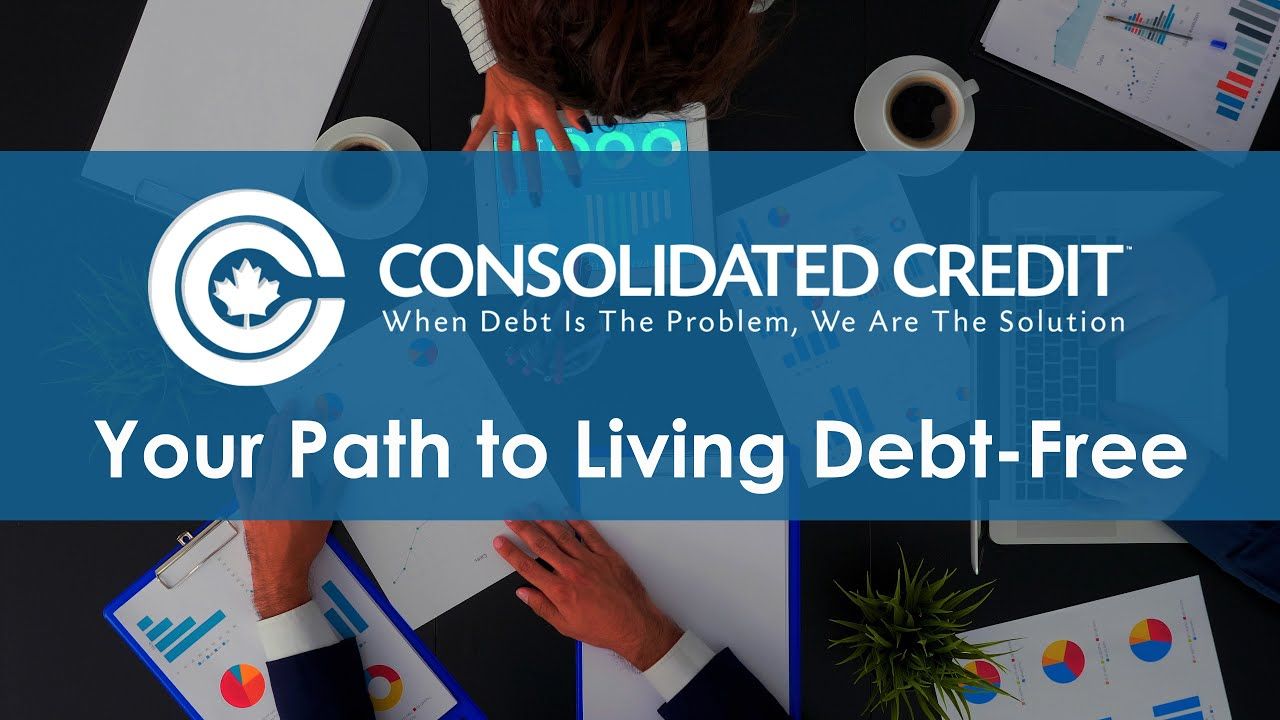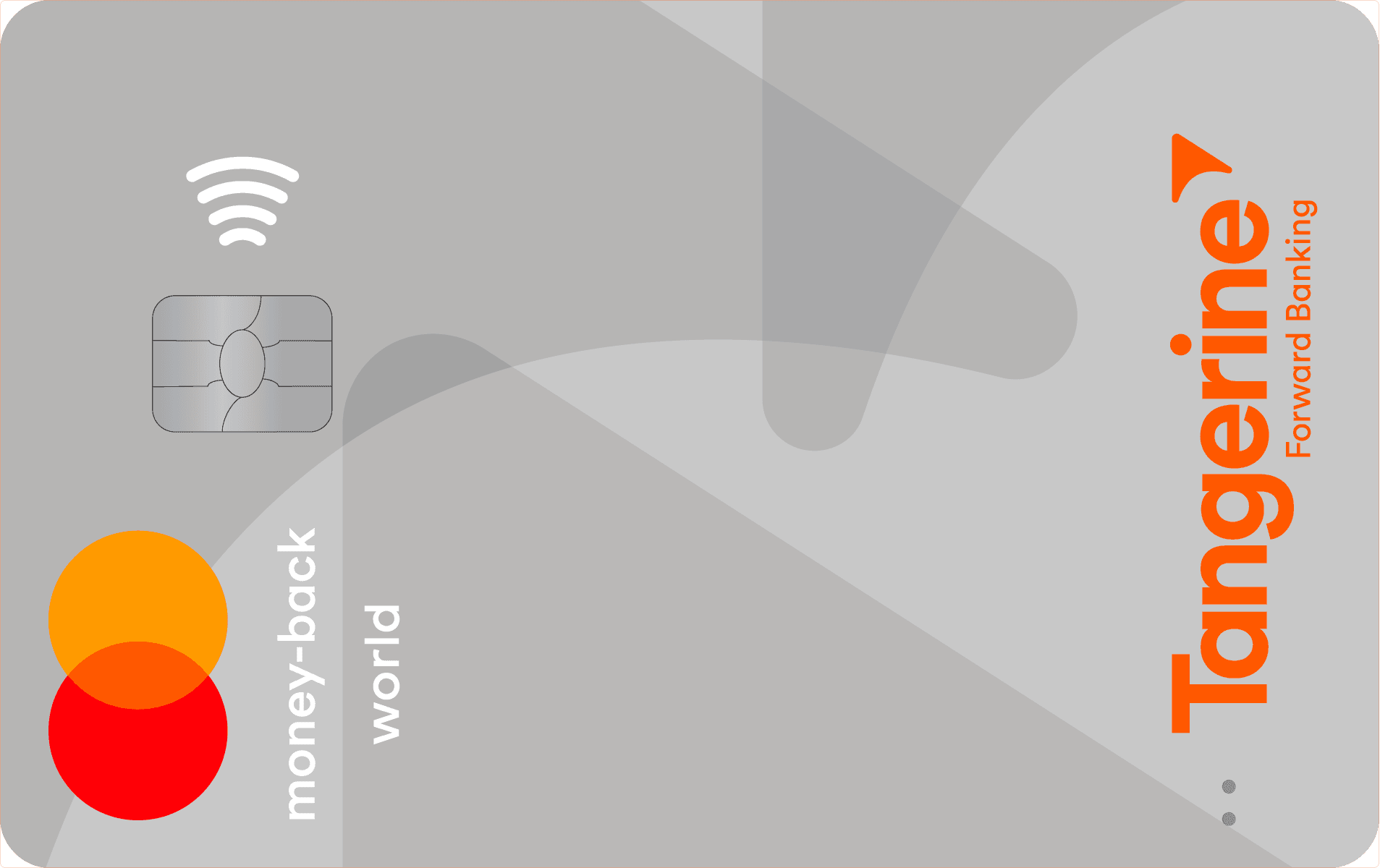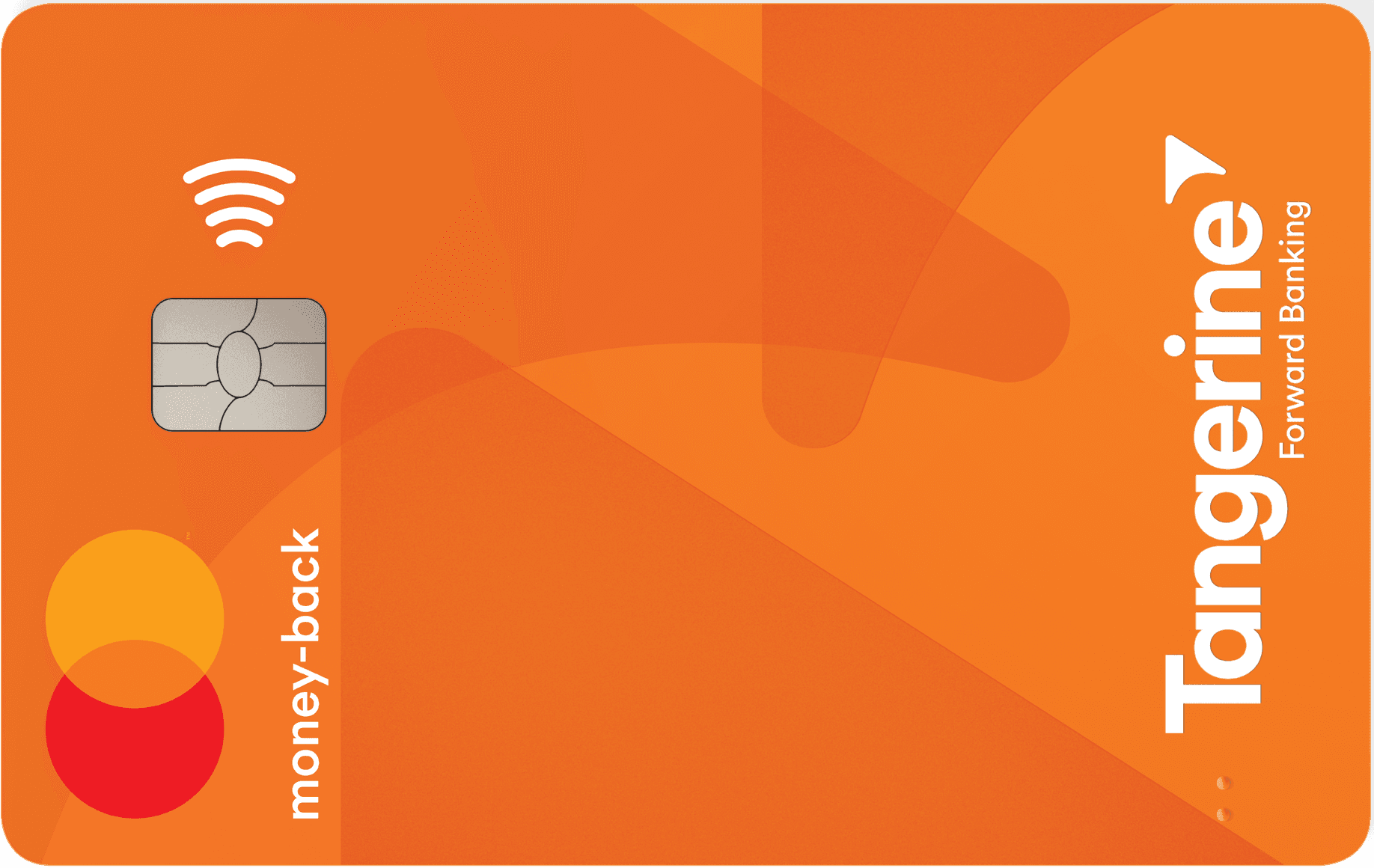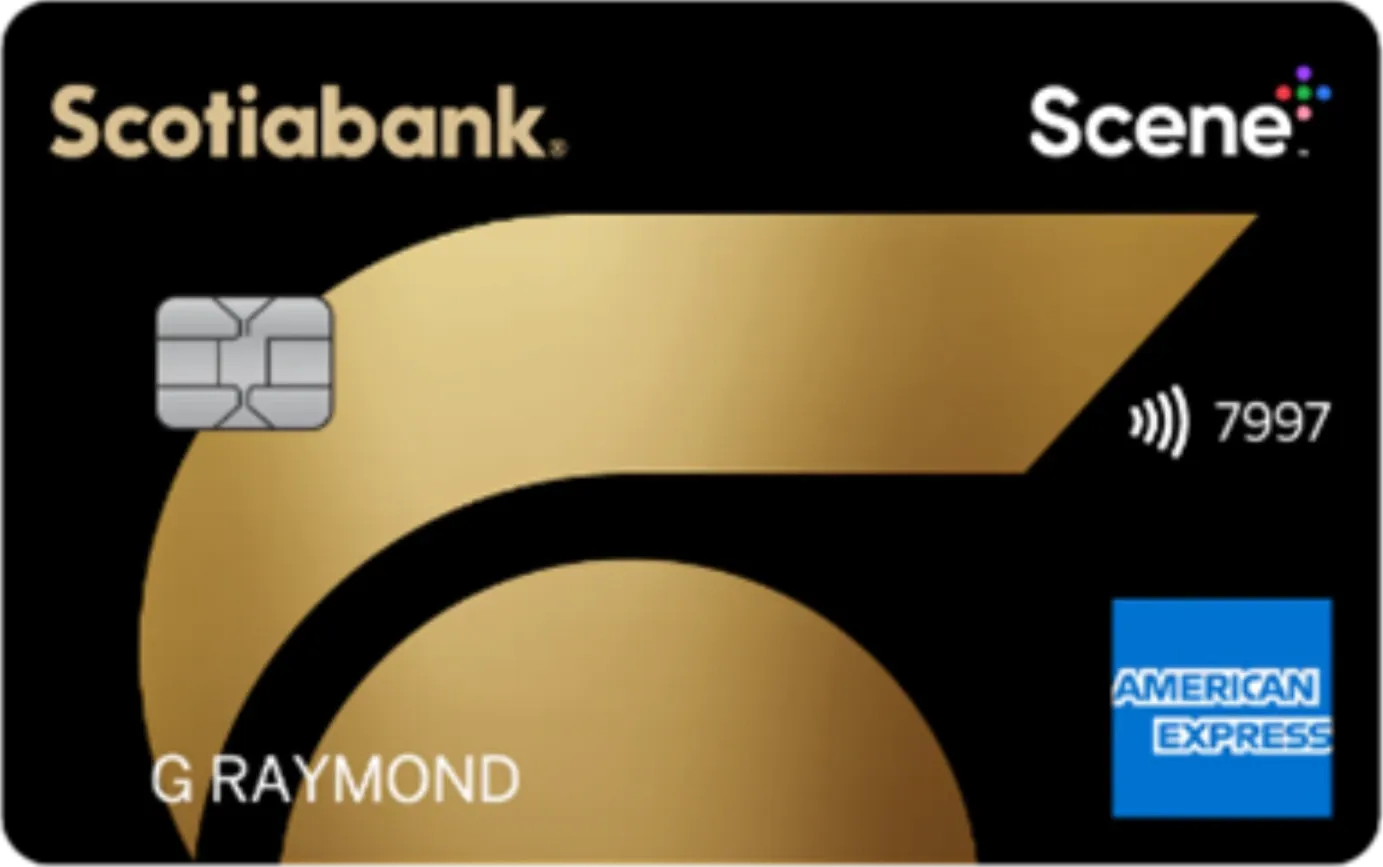Working hard in the background...
How to Get Out of Credit Card Debt
Published Dec 2, 2025 3:21 PM • 8 min read
When credit card debt happens, it can make you feel helpless, but that doesn’t mean help isn’t available.
In this blog post, we’ll explore the best strategies on how to get out of credit card debt, from reviewing your financial status to setting financial goals and implementing best practices that pull you out of debt as quickly as possible.
One of the best ways to get out of credit card debt is to consolidate your debt, a strategy that merges all your debts together to make them easier to handle. Credit counsellors are experts that can help you select the best consolidation process for your situation, learn more about them and some of the best in the business below.
Creating a Plan to Get Out of Credit Card Debt
Before we dive into the various ways you can eliminate credit card debt, it’s best to follow a blueprint for addressing all your debt in the first place.
You can implement the following practices either on your own, or with a trusted credit counsellor who can help you with both financial planning and debt consolidation practices (a form of debt relief).
Here’s where to start:
Dissect Your Credit Card Debt
First thing’s first, find out where your credit card debt is coming from.
Common contributors to credit card debt include things like educational expenses, medical bills and emergency expenses, and impulse purchases.
Basically, you’ll collect credit card debt on anything that contributes to your credit card balance that you fail to pay in full by your balance due date.
After you’ve identified where you’re accumulating debt, make note of how much you owe, what the corresponding minimum monthly payment is, and any associated interest rates.
Breakdown Your Budget
Now that you’ve pulled together an overview of your credit card debt, it’s time to budget.
This is when you’ll need to note your monthly income and expenses. To help you out, take a look at your credit card statements.
At this point, you should be able to decipher which monthly credit card expenses are necessary and which ones are more of a luxury. For example, groceries and gas are examples of necessities, but streaming subscriptions and overpriced coffee runs are a luxury. All the money you typically spend on those luxury purchases can then be put towards paying off your credit card debt.
Set Actionable Goals
After you’ve sourced your credit card debt and reviewed your budget, you can start to draft some actionable goals to start paying off your debt.
These goals might detail when you want to pay off which portion of debt and by how much.
When goal setting, it’s essential to create aspirations that are actually attainable so you don’t get discouraged. Discouragement can actually feed your debt as you may become less motivated to address the issues at hand.
Ultimately, you should strive to pay off your minimum payments if not more (when permissible).
So, How Exactly Do You Get Out of Credit Card Debt?
So, you’ve come up with a plan to eliminate your debt.
Now what?
In this section, we’ll review some of the best strategies that target how to get out of debt.
1) Ask for Help: Contact Consolidated Credit Canada
You don’t have to face your debt alone.
Sometimes, the best way to seek out debt support is to ask for help from a credit counsellor, especially from experts at the non-profit organization Consolidated Credit Canada.
Save 30-50% on interest payments
Reduce the high interest on your debt by consolidating it in one place.
Get a personalized debt management plan and a 50% discount on your setup fee.

These counsellors can help you put together a debt management plan to help you bring all debt into one place and tackle it at once. Ultimately, they’re experts at consolidating credit card debt.
Since credit counsellors are in the business of being budget-conscious, you can usually set up a consultation for free to sort through your options.
If you’re looking for the best credit counsellors in Canada, connect with Consolidated Credit, a non-profit credit counselling company that’s been helping Canadians conquer credit card debt for over 17 years.
After reviewing your debts, budget, and credit, Consolidated Credit’s team will determine whether or not you qualify for a debt management plan which is the primary method used by Consolidated Credit Canada to tackle your debt.
Here's a brief overview of how this process would go:

Different Consolidation Methods
There are few different ways to participate in debt consolidation, most of which your credit counsellor will guide you through.
Before we break down all of these different approaches, let’s address what exactly debt consolidation is.
Instead of focusing on your debts one-by-one, debt consolidation is when you combine all your debts together in an effort to make them easier to manage and pay off. Consolidating can also help you pay less interest.
You can consolidate your debt by taking out a low-interest loan or credit card to help you pay off the debts you currently owe.
Debt Management Plans
Debt management plans are implemented by credit counsellors (like those at Consolidated Credit). These plans combine multiple debts into one reduced monthly payment that either minimizes or eliminates interest rates. All your payments filter through a credit counsellor who passes them on to the appropriate creditor(s). While debt management programs come with monthly administration fees and a one-time setup fee, these fees are often minimal compared to those associated with debt consolidation loans.
It's crucial to understand that debt management plans require patience, commitment, and consistency. You also won't be able to use credit cards enrolled in the debt management program or apply for new credit cards as the program takes place. After your credit card debt is paid off, your associated credit card accounts will also be closed.
Debt Consolidation Loan
A debt consolidation loan is equipped with lower interest rates and helps you pay off all your higher-interest credit card debts through a lump sum. Ultimately, this type of loan will also buy you more time since you’ll have a longer period to pay it off through monthly installments.
Typically, you’d go to your bank to inquire about a debt consolidation loan, but there are other creditors that may be able to help.
How to Find the Best Debt Consolidation Loans in Canada
If you’re looking for the best debt consolidation loan (or one outside of your bank), there are a couple of things to consider. Keep in mind, however, that the best debt consolidation loan for you will depend on your unique financial situation.
- First, make sure you meet the lender’s eligibility requirements.
- Secondly, you’ll want to ensure you compare the various rates offered by different lenders. The loan amount you receive will depend on the lender’s criteria and your financial situation.
- Then, identify any hidden fees linked to the repayment process. A flexible repayment plan is best.
Credit Card Balance Transfers
Besides consolidation loans, you can also manage your debts by transferring your outstanding credit card balance(s) to a credit card with lower interest rates.
Just note that the best balance transfer and interest rates are often part of a credit card’s promotional period, so you’ll want to make sure you can pay off your balance within that optimized timeframe. There are also balance transfer fees associated with these transfers, so keep an eye on those.
To browse the best balance transfer credit cards on the Canadian market, check out our best balance transfer credit cards blog.
Home Equity
If you’re a homeowner, another option to help you pay off your debt is to use some of your home equity to consolidate all your debts into your mortgage.
Home equity lines of credit can offer lower interest rates compared to your credit cards – but there are often associated closing costs.
Since your home will technically be used as collateral to insure your home equity loan, this method is also quite risky, so make sure it will be possible to pay back what you owe, otherwise the end-result could be foreclosure.
2) Push Yourself to Make More Than the Minimum Payment
Minimum payments are allotted to cardholders to make paying off their credit card balance more attainable since issuers will only ask for a small portion of what’s owed.
As previously mentioned, while making your minimum payments is a good start, it’s actually better (if possible) for you to make more than the minimum payment towards any credit card balance. When you do this, you go above and beyond in terms of breaking down your balance to minimize interest.
3) Attack One Debt at a Time
The following strategies can be used as an alternative to debt consolidation.
If you have a couple of credit cards that have accumulated their own sources of debt, sometimes the easiest way to attack these debts is to target them one-by-one rather than combined as one.
Here are some popular methods to help you decide which debts to tackle first:
The Snowball Method
To use the snowball method, start by paying off the credit card with the smallest balance owed first. After you’ve paid off the smallest balance in full, you use the money you would have been using to pay its debt to start paying off the second smallest balance. Continue this process until all of your balances have been paid for.
The benefits of this method are that it makes you feel productive, accomplished, and motivated to continue the cycle.
The downsides, however, are that this method could take more time and cost a bit more money since you’ll still need to cover other credit card interest rates as you go.
The Avalanche Method
Alternatively, you could confront your credit card debts using the avalanche method.
This method works by paying off your credit card balance with the highest interest rate. Once that balance is covered, you can move on to the credit card balance with the second highest interest rate and so on.
Still, you’ll need to continue to make the minimum payments on all your credit cards throughout the entire process.
The avalanche method works well because it allows you to pay less interest in the long run.
That said, this method can be less encouraging than the snowball method, since it might seem like a lot more money up-front.
The Snowflaking Method
Less common than the previous two methods is the snowflaking method. Snowflaking consists of making small contributions toward your credit card debts whenever you can, ideally frequently.
These contributions might come from savings, gifts, tax refunds, or proper budgeting.
These small payments will add up over time, but since it can be the least consistent and organized of the mentioned methods, it might be best used as a supplementary strategy.
4) Spare Some Savings (If You Have Some)
Having spare savings is always smart, but try not to safeguard them too much.
Tapping into some of your savings to pay off your debt could save you from having to resort to relief measures like bankruptcy.
At the end of the day, extra non-emergency savings are technically a luxury. You’ll want to make sure you're debt-free before tucking away any excess income (besides emergency funds).
5) Last-Resort Debt Relief
When in doubt, you can also look into other debt relief remedies. Two popular forms of debt relief are debt settlement and bankruptcy.
Debt settlement is a type of debt relief program that may call upon a debt relief company to negotiate a lower balance owed with your creditors. That said, your creditors may not agree to the reduction. If they do, you’ll pay an agreed upon lump sum that’s less than the original amount owed. In the meantime, however, waiting for approval of your debt settlement can damage your credit.
Declaring bankruptcy can help you eliminate most of your credit card debt and avoid any legal action against you. However, this method can also be detrimental to your credit health and can make it more difficult to take out any loans in the future. Bankruptcy should be regarded as a last resort for debt relief and should only be considered after seeking professional financial advice.
Conclusion
Credit card debt manifests when you can’t pay off your credit card balance. As a result, you carry your balance and collect extra interest charges in the meantime.
The first few courses of action you should take to confront your debt are to identify the expenses that are causing you to go into debt, plan a proper budget, and draft actionable debt-tackling goals.
There are a handful of strategies you can use to get out of credit card debt, these include:
- Seeking the advice of credit counsellors
- Consolidating your debt (either through a consolidation loan, credit card balance transfers, home equity loans, or debt management plans)
- Paying more than your minimum balance when you can
- Using the snowball, avalanche, or snowflake payment methods
- Sparing some savings
- Turning to last-resort debt relief efforts
Save 30-50% on interest payments
Reduce the high interest on your debt by consolidating it in one place.
Get a personalized debt management plan and a 50% discount on your setup fee.

Based on your debt and budget, select a method that works best for you or get a credit counsellor’s opinion and say goodbye to credit card debt altogether.
Frequently Asked Questions
How do you prevent credit card debt from recurring?
Once you're in the clear for credit card debt, you’ll want to stay there.
To do so, consider the following tips:
- Stick to a budget that prioritizes necessary purchases over luxury purchases
- Pay with cash or debit instead of pulling out your credit card (when applicable)
- Consider applying for a secured credit card
- Understand your billing cycle and pay your credit card balance on time by the balance due date
Trending Offers

Tangerine® Money-Back World Mastercard®*

Tangerine Money-Back Mastercard

Neo World Elite® Mastercard®

Scotiabank Gold American Express® Card
What's on this Page
About the author

Sara Skodak
Lead Writer
Since graduating from the University of Western Ontario, Sara has built a diverse writing portfolio, covering topics in the travel, business, and wellness sectors. As a self-started freelance content ...
SEE FULL BIOAbout the editor

Abid Salahi
Credit Card Expert
Abid leads the design and engineering of the FinlyWealth website, making sure everything runs smoothly and looks great. He’s a seasoned software engineer who follows best practices and designs interfa...
SEE FULL BIO